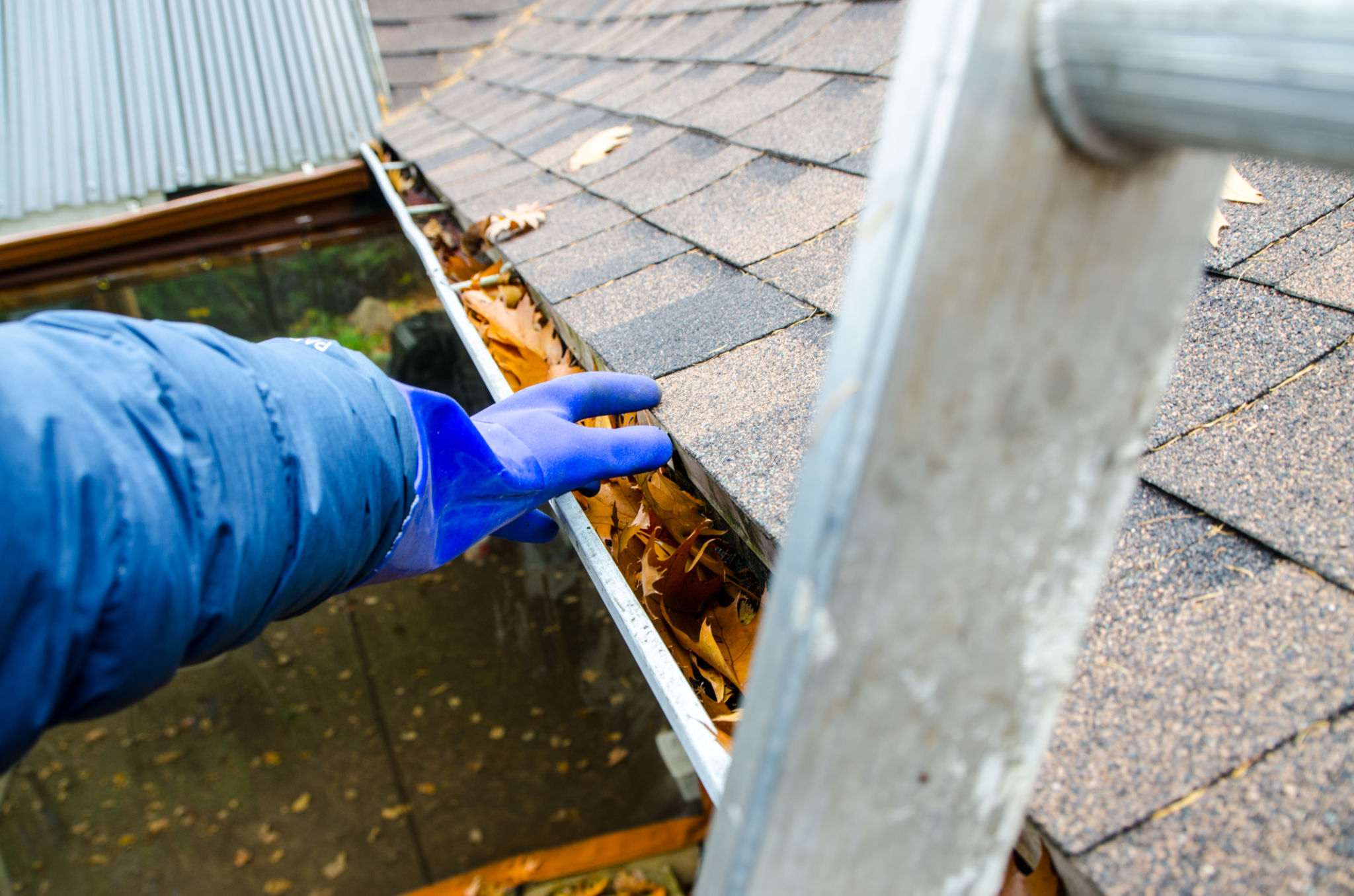DIY Roof Maintenance: Tips from the Experts
Understanding the Basics of Roof Maintenance
Maintaining your roof is critical, not only for the longevity of your home but also for the safety and well-being of its occupants. Roof maintenance might seem daunting, but with the right tips and a little effort, you can keep your roof in excellent condition without professional help. In this guide, we’ll share expert advice on DIY roof maintenance that will help you preserve your roof’s integrity.

Regular Inspections
The first step in maintaining your roof is conducting regular inspections. Experts recommend inspecting your roof at least twice a year, ideally in spring and fall. Look for signs of damage such as missing or damaged shingles, rust spots on flashing, moss growth, and any debris accumulation. Identifying these issues early can prevent costly repairs down the line.
Cleaning Gutters and Downspouts
An often overlooked aspect of roof maintenance is cleaning the gutters and downspouts. Clogged gutters can lead to water damage and leaks. Ensure that water flows freely by removing leaves, twigs, and other debris. Consider installing gutter guards to minimize future blockage and reduce maintenance efforts.

Addressing Minor Repairs
Many minor roofing issues can be resolved through DIY efforts. For instance, replacing a few damaged shingles or patching small leaks can be done with basic tools and materials from your local hardware store. It’s important to address these small problems promptly to avoid larger issues later on.
Handling Moss and Algae
Moss and algae can cause significant damage if left untreated. They retain moisture, which can lead to rot over time. Use a moss removal solution or a mixture of water and bleach to gently scrub the affected areas. Ensure that you take safety precautions such as using a sturdy ladder and wearing non-slip shoes.

Enhancing Roof Longevity
To further extend the life of your roof, consider applying a protective sealant. Sealants provide an additional layer of defense against harsh weather conditions and UV rays, reducing wear and tear. Be sure to choose a sealant compatible with your roofing material for optimal results.
Safety First
While DIY roof maintenance is often straightforward, safety should always be a priority. Use proper safety equipment such as harnesses and helmets when working at heights. If you’re ever unsure about the safety of a task, it’s best to consult with a professional.

Knowing When to Call a Professional
Despite the benefits of DIY maintenance, there are times when professional intervention is necessary. If you notice extensive damage, structural concerns, or if your roof is nearing the end of its lifespan, it may be time to call in an expert. Professional roofers have the experience and tools needed to handle complex repairs safely and efficiently.
By following these expert tips on DIY roof maintenance, you can keep your roof in top shape, ensuring it protects your home for years to come. Regular upkeep not only enhances the appearance of your home but also contributes to its overall value and safety.